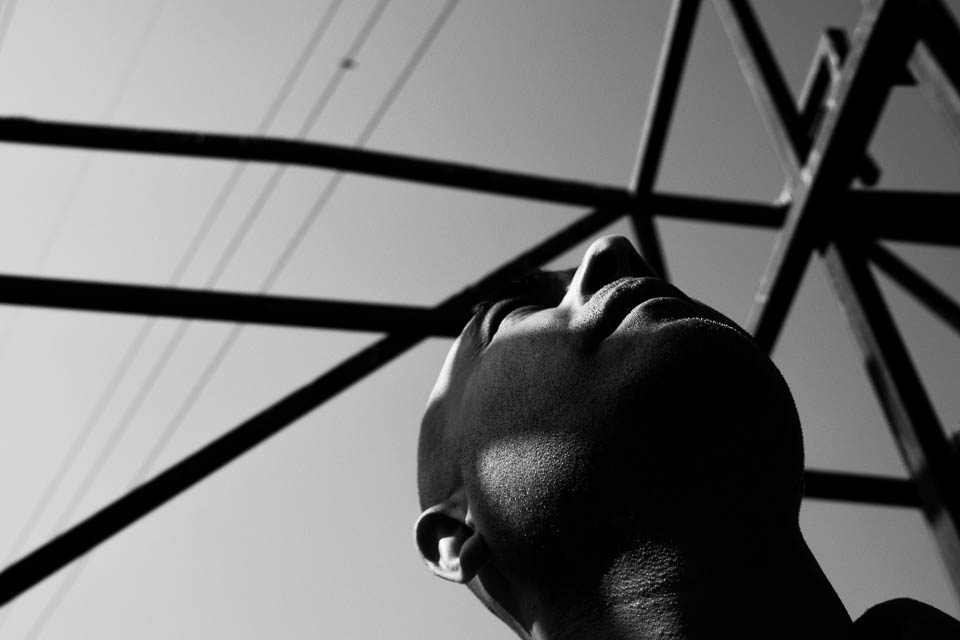Abhijit Pathak is an abstract artist whose mixed media works explore history, spirituality, and personal experiences through intricate layers of pigments, textiles, and numerous other materials. Rooted in his rural upbringing and inspired by cultural elements like Indian classical music, his art emphasizes the meditative power of lines and textures.
“A line… that’s where everything begins. It’s the first breath of form, the pulse of imagination. Without lines, what remains? Chaos. It’s funny how people think abstraction is the abandonment of structure, when really, it’s about finding new ways to compose it—lines being the very bones beneath the surface, hidden but essential.
You see, a line isn’t just a mark—it’s intent. It carries emotion. It can be sharp, like the anger you can’t speak aloud, or soft, like the memory of a lullaby. Each line I draw takes me closer to something I can’t say in words. And that is where I live—between expression and the unspoken.

Lines also teach you restraint. When I was growing up in Bihar, everything around me seemed like stories waiting to be told. A line drawn in the soil, dividing farmland; a crack along a wall, holding history within it. It’s in the architecture, the melodies of Indian classical music, the boundaries we create between ourselves and others. Lines give meaning to space—they mark the inside and the outside, the visible and the concealed.
It’s the first impression—lines—they’re in every human instinct. Children trace them before they know letters. That’s where my practice begins and ends. Charcoal, paper, wood, sand—whatever medium I choose—it all comes down to the basics. If the line is true, it holds everything together. A misstep? And the whole thing collapses.
And then, there’s balance. A good line needs tension to stay alive. It must be free enough to move yet deliberate enough to ground. I think that’s what abstraction teaches—balance without rigidity, freedom within form. You can’t force it; you guide it like music. When it flows, you just know. Each stroke carries the rhythm of my life, the tempo of everything I’ve absorbed—Bihar, Varanasi, city lights, loneliness, pain, joy.
But lines aren’t only mine. They belong to everyone. A step in one direction, a thread connecting, or dividing. They tell the story of journeys—sometimes mine, sometimes yours, or sometimes one I haven’t met yet. With every line, I’m reaching for connection, hoping someone, somewhere, will find themselves in it.
People ask if my work ever ends. I think it never does. The line goes on, even after I leave it. It isn’t about what’s finished—it’s about what’s begun, what continues. That’s the beauty of a line. It’s endless, like the conversation between the seen and the unseen, between the self and the world. And so, I’ll keep drawing. Because as long as I create, I exist in that in-between space where everything is still possible.”
